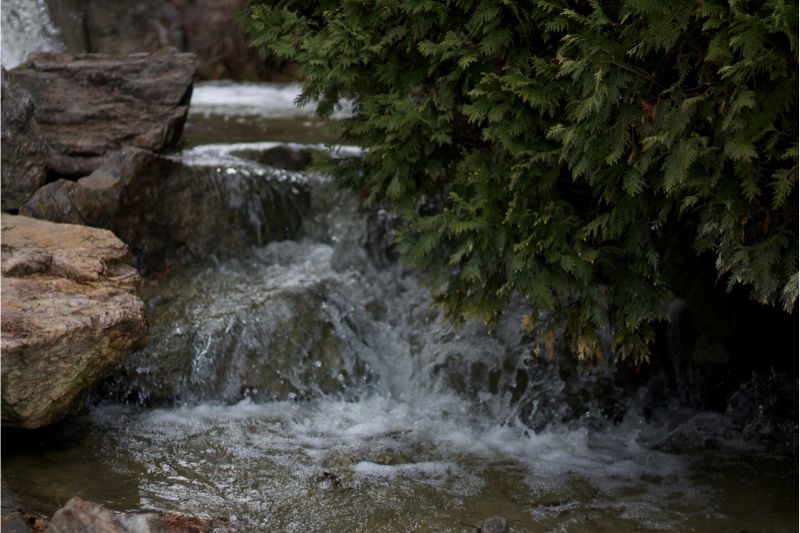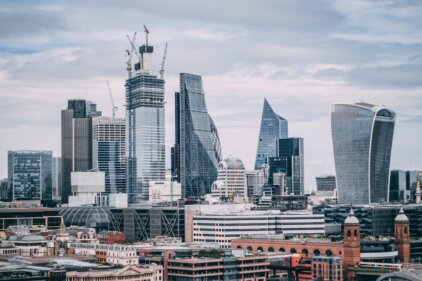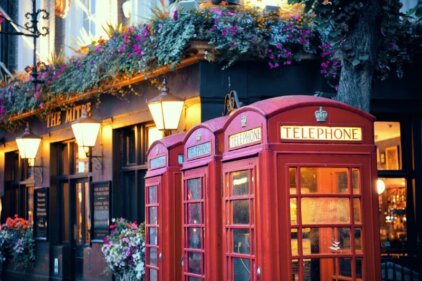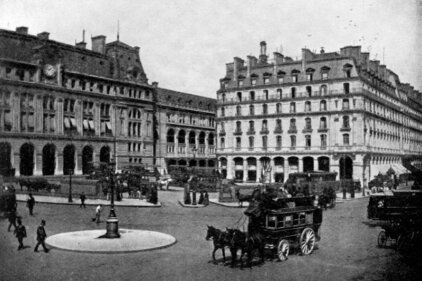A Brief History of London’s Lost Rivers
London’s landscape has undergone remarkable transformations over the centuries, and the fate of its rivers has mirrored these changes. Once thriving waterways such as the Walbrook, the Westbourne, and the Fleet River were integral to the city’s development, serving as vital transportation routes, sources of drinking water, and even as sites for industry and commerce. However, as the city grew and expanded, many of these rivers were gradually covered over, diverted, or even completely buried, disappearing from the public consciousness.
The Significance of London’s Lost Rivers
The loss of these rivers has had a profound impact on the city’s ecology, urban landscape, and cultural heritage. These waterways were not merely functional conduits but also important components of London’s natural environment, supporting diverse ecosystems and providing a sense of connection to the land. Their disappearance has contributed to the city’s increasing urbanization and the loss of green spaces, which can have far-reaching consequences for the health and well-being of both the local community and the environment.
The Hidden Beauty of the Lost Rivers
Despite their concealment, London’s lost rivers continue to captivate the imagination of those who seek to uncover their hidden beauty. These waterways, now largely inaccessible to the public, are often described as having a haunting, ethereal quality, with their underground courses evoking a sense of mystery and wonder. From the babbling sounds of the Tyburn River beneath the bustling streets of Mayfair to the occasional glimpses of the Fleet River peeking through grates and manholes, these lost rivers have the power to transport us to a bygone era and remind us of the city’s rich natural heritage.
Discovering the Lost Rivers of London – A Guide
For those intrepid urban explorers and history enthusiasts who wish to delve deeper into the world of London’s lost rivers, there are a number of ways to uncover these hidden gems. Guided tours, historical maps, and online resources can provide valuable insights into the locations, histories, and current states of these elusive waterways. However, it’s important to note that many of the lost rivers are now part of the city’s underground infrastructure, and accessing them without proper permission and safety precautions can be dangerous and illegal.
Famous Landmarks Associated with the Lost Rivers
As the lost rivers have become increasingly obscured from view, their connections to the city’s most iconic landmarks have become less apparent. However, a keen eye can still spot the remnants of these waterways in unexpected places. The Serpentine in Hyde Park, for example, was originally fed by the Westbourne River, while the Fleet River once flowed through the heart of the city, passing by landmarks such as Holborn Viaduct and the Fleet Street area.
The Restoration Efforts for London’s Lost Rivers
In recent years, there has been a growing movement to uncover and restore some of London’s lost rivers, with the aim of reconnecting the city to its natural heritage and improving the overall urban environment. Organizations such as the River Restoration Trust and the Friends of the River Wandle have been working tirelessly to raise awareness and secure funding for projects that seek to daylight and revitalize these forgotten waterways. While the challenges are significant, these efforts offer a glimmer of hope for the future of London’s lost rivers.
Exploring the Myths and Legends of the Lost Rivers
As with any hidden and mysterious aspect of a city’s history, London’s lost rivers have also given rise to a rich tapestry of myths and legends. From tales of ghostly figures haunting the underground channels to stories of hidden treasures and ancient rituals, these waterways have captured the collective imagination of the city’s residents and visitors alike. Delving into these captivating narratives can add an extra layer of intrigue to the exploration of London’s lost rivers.
The Future of London’s Lost Rivers
As the city continues to evolve and adapt to the demands of the 21st century, the fate of London’s lost rivers remains uncertain. While some restoration efforts have shown promise, the challenge of balancing the preservation of these natural assets with the practical needs of a modern metropolis is an ongoing struggle. However, there is a growing recognition of the importance of these hidden waterways, both for their ecological and cultural significance. By continuing to uncover and celebrate the stories of the lost rivers, we can work towards a future where these enigmatic gems are once again integrated into the fabric of the city, enriching the lives of all who call London home.





